Home>Furniture & Design>Interior Design Trends>What Causes Green Algae On Aquarium Glass
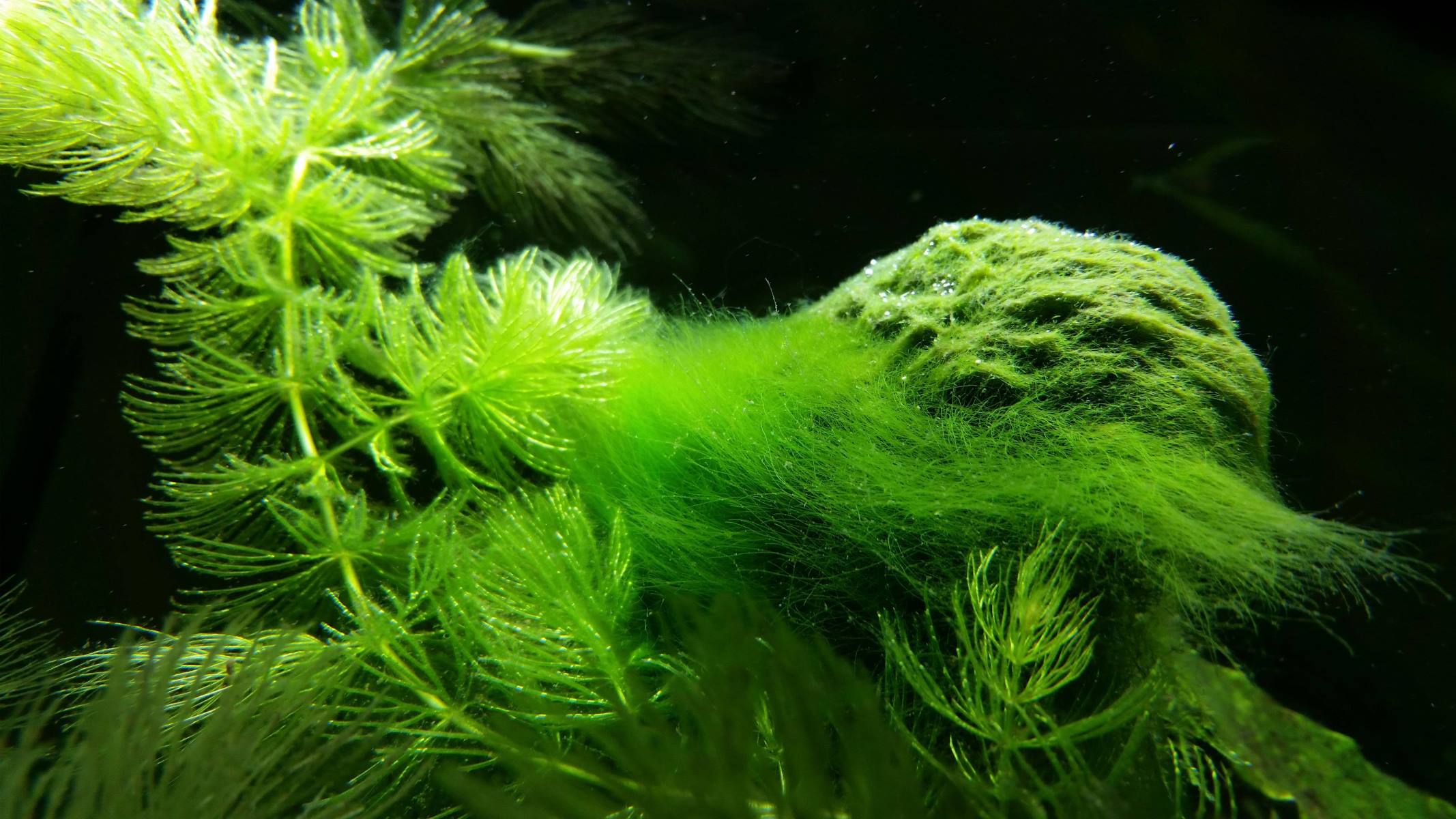

Interior Design Trends
What Causes Green Algae On Aquarium Glass
Published: February 4, 2024
Discover the causes of green algae on aquarium glass and learn how to prevent and remove it. Stay updated on the latest interior design trends for a stylish and modern home.
(Many of the links in this article redirect to a specific reviewed product. Your purchase of these products through affiliate links helps to generate commission for Storables.com, at no extra cost. Learn more)
Introduction
Green algae on aquarium glass can be a common and frustrating issue for many fish tank enthusiasts. It not only detracts from the visual appeal of the aquarium but also indicates underlying problems within the aquatic environment. Understanding the causes of green algae growth is crucial for maintaining a healthy and vibrant aquarium ecosystem. By addressing these factors, aquarists can effectively prevent and manage green algae, ensuring a thriving aquatic habitat for their beloved fish and plants. In this article, we will delve into the various factors that contribute to the development of green algae on aquarium glass, shedding light on the underlying reasons behind this persistent nuisance. Let's explore the intricate interplay of nutrient imbalance, excessive light exposure, poor water circulation, and lack of maintenance, all of which can pave the way for the unwelcome proliferation of green algae in aquariums.
Key Takeaways:
- Nutrient imbalance, excessive light, poor water circulation, and lack of maintenance can cause green algae in aquariums. Regular water testing, balanced feeding, and proper lighting can help prevent algae growth.
- Green algae on aquarium glass can be prevented by managing nutrient levels, regulating light exposure, improving water circulation, and maintaining the tank. Consistent care creates a vibrant and algae-free aquatic habitat.
Read more: What Causes Algae In A Swimming Pool
Nutrient Imbalance
Nutrient imbalance is a significant factor contributing to the growth of green algae on aquarium glass. In an aquatic environment, various nutrients, including nitrates, phosphates, and trace elements, play a crucial role in supporting the growth of aquatic plants. However, when these nutrients are present in excessive amounts or are not properly balanced, they can fuel the rapid proliferation of green algae.
One of the primary nutrients that can lead to algae overgrowth is phosphate. Phosphates are essential for plant growth, but when they are present in surplus quantities, they can serve as a potent fertilizer for algae, promoting its unchecked expansion. This imbalance often occurs due to overfeeding fish, decaying organic matter, or the use of low-quality fish food that contains high levels of phosphates.
Similarly, elevated nitrate levels can also contribute to nutrient imbalance in the aquarium. Nitrates, a byproduct of fish waste and decaying organic material, can accumulate in the water, providing a nutrient-rich environment that fosters algae growth. Inadequate water changes and insufficient biological filtration can exacerbate nitrate buildup, creating an environment conducive to algae proliferation.
Furthermore, the imbalance of essential trace elements, such as iron and potassium, can disrupt the equilibrium of the aquatic ecosystem. Insufficient levels of these micronutrients can hinder the healthy growth of aquatic plants, creating an opportunity for algae to dominate and thrive in the absence of competition from flourishing plant life.
To address nutrient imbalance and mitigate the growth of green algae, aquarists can implement several strategies. Regular water testing is essential to monitor nutrient levels and identify any imbalances. Additionally, maintaining a balanced fish feeding regimen, performing routine water changes, and investing in high-quality filtration systems can help prevent the accumulation of excess nutrients in the aquarium water.
By addressing nutrient imbalance through proactive measures, aquarists can create a harmonious aquatic environment that promotes the growth of vibrant aquatic plants while minimizing the prevalence of green algae on the aquarium glass.
Excessive Light
Excessive light exposure is a prominent catalyst for the proliferation of green algae on aquarium glass. Light serves as the primary energy source for photosynthetic organisms, including algae. When aquariums are subjected to prolonged or intense light, it creates an environment conducive to algae growth, leading to the unsightly accumulation of green algae on the glass surfaces.
Inadequate control over the duration and intensity of light exposure can significantly contribute to the development of green algae. Aquariums positioned in areas with direct sunlight or those equipped with powerful artificial lighting systems may experience an overabundance of light, triggering an imbalance in the aquatic ecosystem. This imbalance can disrupt the natural equilibrium between plants and algae, providing the latter with a competitive advantage and allowing it to thrive on the glass surfaces.
Moreover, inconsistent or excessive lighting schedules can disrupt the circadian rhythm of aquatic plants, impeding their ability to photosynthesize efficiently. As a result, the plants may struggle to outcompete algae for nutrients and space, further exacerbating the prevalence of green algae on the aquarium glass.
To mitigate the impact of excessive light on algae growth, aquarists can implement strategic measures to regulate light exposure within the aquarium. Utilizing a timer to establish consistent lighting schedules and ensuring that the duration of light exposure aligns with the specific requirements of the aquatic plants can help maintain a balanced environment. Additionally, adjusting the positioning of the aquarium to minimize direct sunlight and utilizing light-diffusing techniques can help attenuate the intensity of light reaching the aquatic ecosystem.
Furthermore, the use of algae-resistant glass coatings or films can provide an additional layer of protection against excessive light exposure, reducing the likelihood of green algae accumulation on the aquarium glass. By carefully managing light exposure and creating an optimal lighting environment for aquatic plants, aquarists can effectively curtail the proliferation of green algae, fostering a visually appealing and well-balanced aquarium ecosystem.
In summary, excessive light exposure can disrupt the delicate equilibrium of the aquatic environment, paving the way for the unchecked growth of green algae on aquarium glass. By implementing targeted strategies to regulate light exposure and support the healthy development of aquatic plants, aquarists can mitigate the impact of excessive light and maintain a thriving and aesthetically pleasing aquarium environment.
Regularly clean your aquarium glass and reduce the amount of light and nutrients available to the algae. Consider adding algae-eating fish or using a UV sterilizer to help control green algae growth.
Poor Water Circulation
Poor water circulation within an aquarium can significantly contribute to the proliferation of green algae on the glass surfaces. Adequate water movement is essential for maintaining a healthy aquatic environment, as it facilitates the distribution of oxygen, nutrients, and carbon dioxide while preventing the buildup of stagnant areas where algae can thrive.
In an aquarium with inadequate water circulation, several detrimental effects can manifest, creating an environment conducive to green algae growth. Stagnant water pockets can form in areas with limited flow, promoting the accumulation of organic debris and detritus. These stagnant zones become fertile breeding grounds for algae, providing an ideal habitat for its unchecked proliferation.
Insufficient water movement can also impede the effective distribution of nutrients and CO2 to aquatic plants, compromising their ability to thrive and outcompete algae for resources. As a result, algae can capitalize on the unutilized nutrients and carbon dioxide, gaining a competitive advantage and proliferating on the aquarium glass.
To address the issue of poor water circulation and mitigate the growth of green algae, aquarists can implement various strategies to enhance water movement within the aquarium. The strategic placement of powerheads, circulation pumps, or aerators can help create a more dynamic and uniform flow pattern, preventing the formation of stagnant areas. Additionally, optimizing the positioning of filtration outlets and inlets can promote efficient water circulation, ensuring that all areas of the aquarium receive adequate water movement.
Furthermore, regular maintenance of filtration systems, including cleaning or replacing clogged filter media, is crucial for sustaining optimal water flow throughout the aquarium. By upholding proper filtration practices and ensuring unobstructed water flow, aquarists can minimize the risk of stagnant zones and create an environment that is less favorable for green algae proliferation.
In summary, poor water circulation can foster the growth of green algae on aquarium glass by creating stagnant areas and impeding the distribution of essential nutrients to aquatic plants. By proactively addressing water circulation issues and implementing effective flow-enhancing measures, aquarists can promote a balanced and thriving aquatic ecosystem while reducing the prevalence of green algae on the glass surfaces.
Lack of Maintenance
Lack of consistent and thorough maintenance practices can significantly contribute to the proliferation of green algae on aquarium glass, posing a persistent challenge for aquarists. Maintenance tasks play a pivotal role in preserving the overall health and equilibrium of the aquatic environment, and when neglected, they can create an environment conducive to algae overgrowth.
One of the primary maintenance factors that can fuel the growth of green algae is inadequate water changes. Over time, aquarium water accumulates organic waste, excess nutrients, and other compounds that can promote algae proliferation. Without regular partial water changes, these substances can reach levels that provide an ideal breeding ground for green algae, leading to its unsightly accumulation on the glass surfaces. Additionally, infrequent water changes can contribute to elevated nitrate levels, further exacerbating the nutrient imbalance and fostering algae growth.
Furthermore, neglecting the cleaning of aquarium surfaces and decorations can contribute to the buildup of organic debris and detritus, creating an environment conducive to algae colonization. Uneaten fish food, decaying plant matter, and other organic waste can accumulate in the aquarium, serving as a nutrient source for algae and promoting its proliferation. Additionally, algae can adhere to surfaces such as gravel, rocks, and driftwood, further exacerbating its presence in the aquatic environment.
Inadequate maintenance of filtration systems can also contribute to the prevalence of green algae. Clogged or inefficient filters can compromise water quality and circulation, leading to the accumulation of organic matter and nutrients that fuel algae growth. Without regular cleaning and maintenance of filtration equipment, the aquarium environment becomes more susceptible to algae overgrowth, impacting the visual appeal of the tank and the overall well-being of its inhabitants.
To address the issue of lack of maintenance and mitigate the growth of green algae, aquarists must prioritize consistent and comprehensive maintenance practices. This includes adhering to a regular schedule for partial water changes to remove accumulated waste and replenish essential nutrients. Additionally, thorough cleaning of aquarium surfaces, decorations, and filtration systems is essential for preventing the buildup of organic matter and deterring algae proliferation.
By embracing a proactive approach to maintenance and upholding regular cleaning and water change routines, aquarists can create a balanced and visually appealing aquatic environment while minimizing the prevalence of green algae on the glass surfaces. Consistent maintenance not only fosters a healthier and more vibrant aquarium but also reduces the likelihood of algae-related challenges, ensuring a captivating and thriving aquatic habitat for both fish and aquatic plants.
Read more: How To Prevent Green Algae On A Patio
Conclusion
In conclusion, the development of green algae on aquarium glass is often a symptom of underlying imbalances and environmental factors within the aquatic ecosystem. Nutrient imbalance, excessive light exposure, poor water circulation, and lack of maintenance all play pivotal roles in fostering the proliferation of green algae, detracting from the visual appeal and overall health of the aquarium environment.
Addressing nutrient imbalance is crucial for curbing the growth of green algae. By monitoring and regulating phosphate and nitrate levels, as well as ensuring the availability of essential trace elements, aquarists can create a more favorable environment for aquatic plants while minimizing the nutrient resources available to algae.
Excessive light exposure can disrupt the delicate balance between plants and algae, providing the latter with a competitive advantage. By implementing strategic measures to regulate light exposure, such as utilizing timers, adjusting the positioning of the aquarium, and employing light-diffusing techniques, aquarists can create an optimal lighting environment that supports the healthy development of aquatic plants while mitigating the proliferation of green algae.
Poor water circulation can create stagnant areas that promote the accumulation of organic debris and detritus, providing an ideal habitat for algae. By enhancing water movement through the strategic placement of powerheads, circulation pumps, and regular maintenance of filtration systems, aquarists can prevent the formation of stagnant zones and create a more dynamic and uniform flow pattern within the aquarium.
Furthermore, the lack of consistent maintenance practices, including infrequent water changes and neglecting the cleaning of aquarium surfaces and decorations, can contribute to the buildup of organic waste and nutrients that fuel algae growth. By prioritizing regular maintenance, including thorough cleaning and adherence to water change schedules, aquarists can create a balanced and visually appealing aquatic environment while minimizing the prevalence of green algae on the glass surfaces.
By addressing these underlying factors and implementing proactive measures to maintain a harmonious aquatic environment, aquarists can effectively prevent and manage the growth of green algae on aquarium glass. This not only enhances the aesthetic appeal of the aquarium but also fosters a healthier and more vibrant aquatic habitat for its inhabitants. Through a holistic approach that encompasses nutrient management, lighting regulation, water circulation enhancement, and consistent maintenance, aquarists can create an environment where aquatic plants thrive, and green algae struggles to gain a foothold, ensuring a captivating and flourishing aquarium ecosystem.
Frequently Asked Questions about What Causes Green Algae On Aquarium Glass
Was this page helpful?
At Storables.com, we guarantee accurate and reliable information. Our content, validated by Expert Board Contributors, is crafted following stringent Editorial Policies. We're committed to providing you with well-researched, expert-backed insights for all your informational needs.
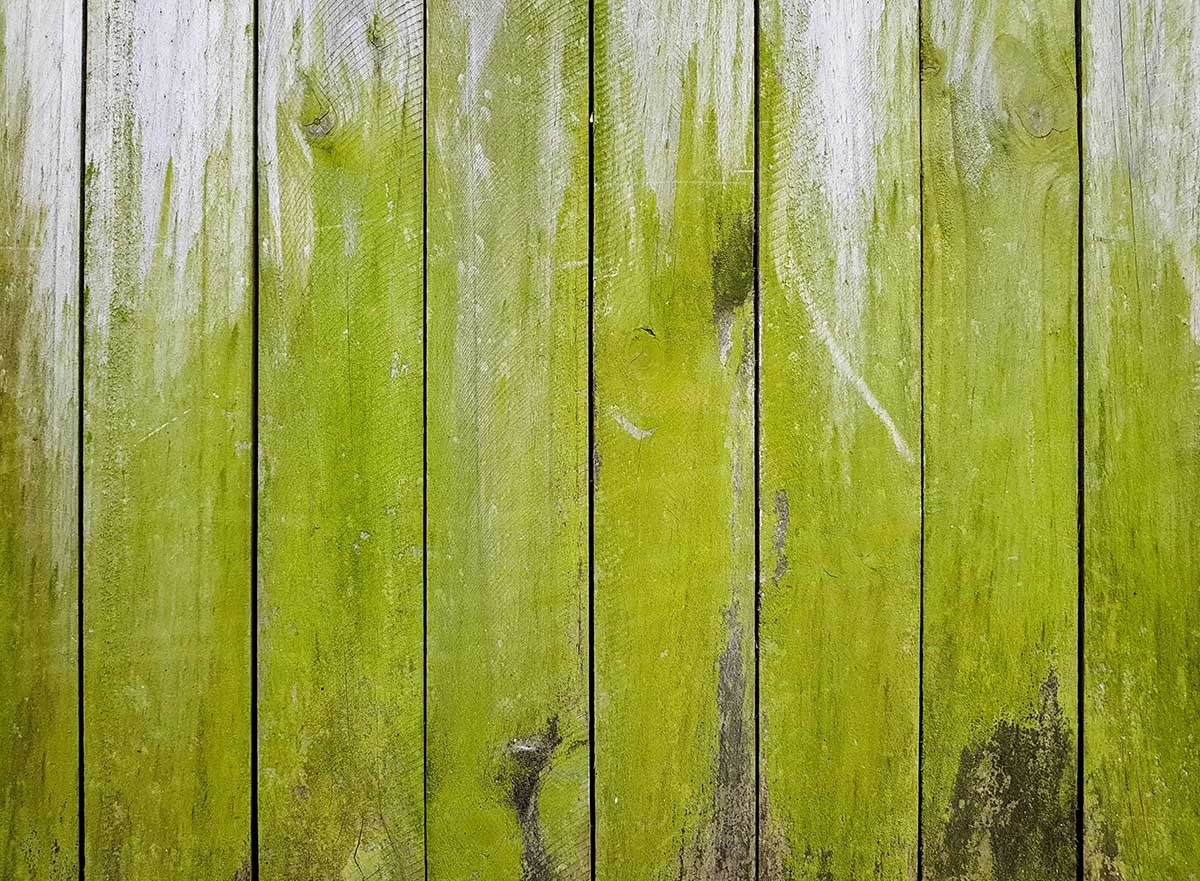
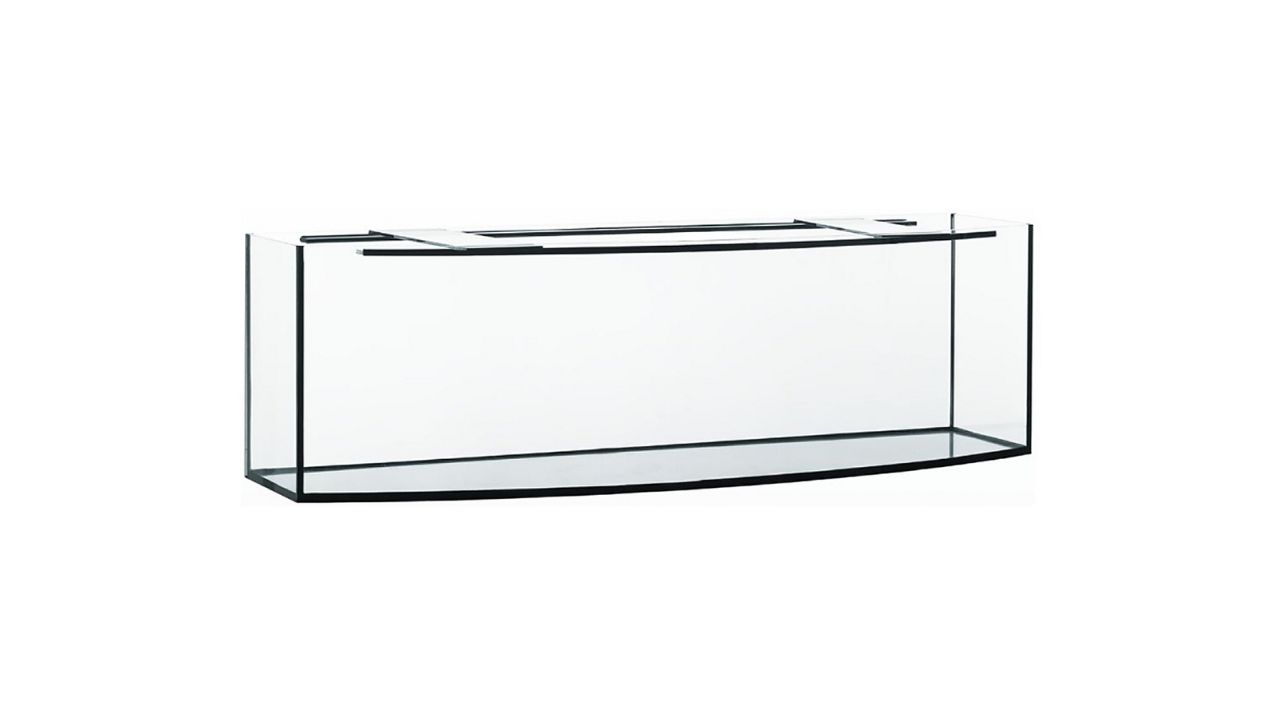
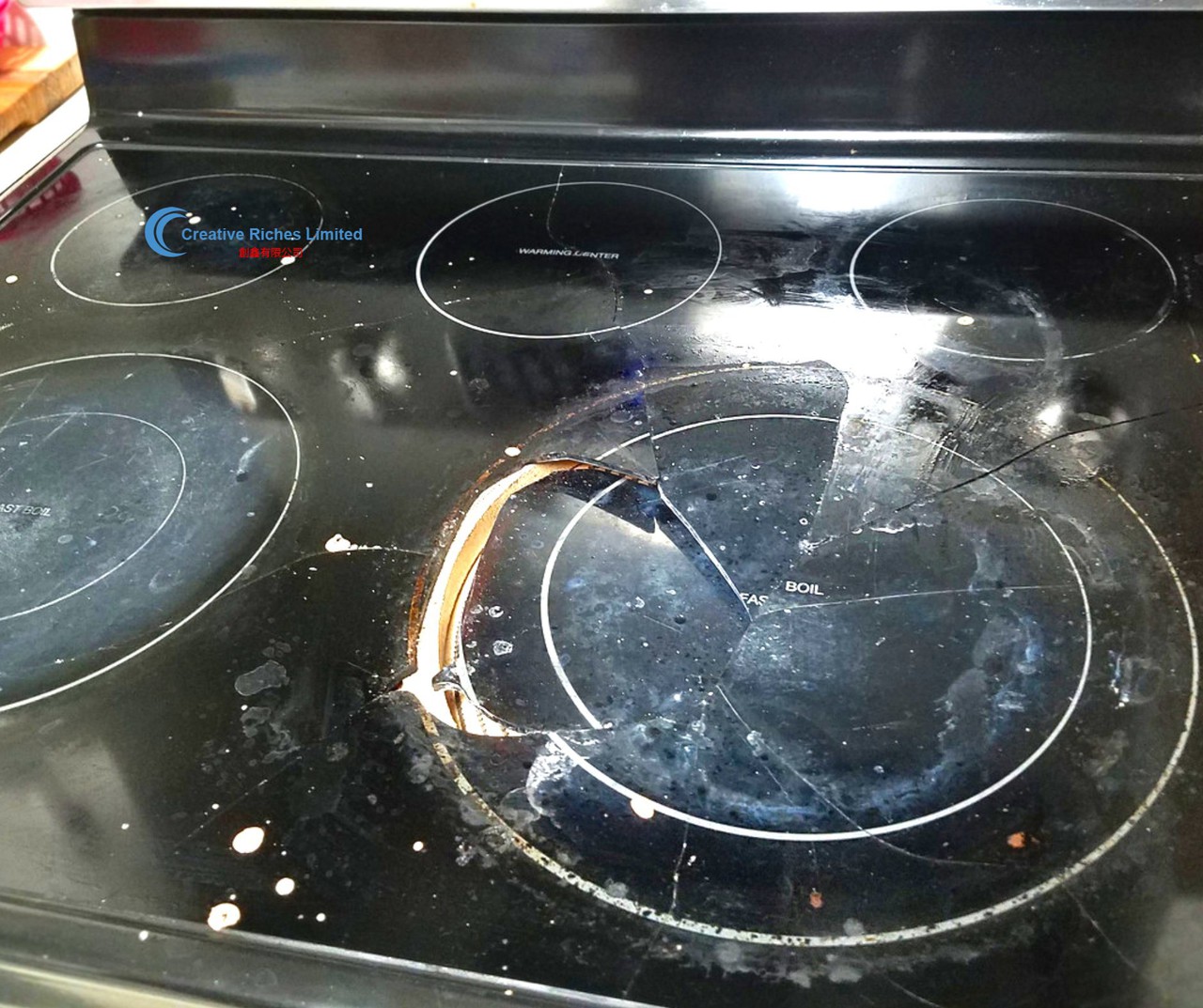
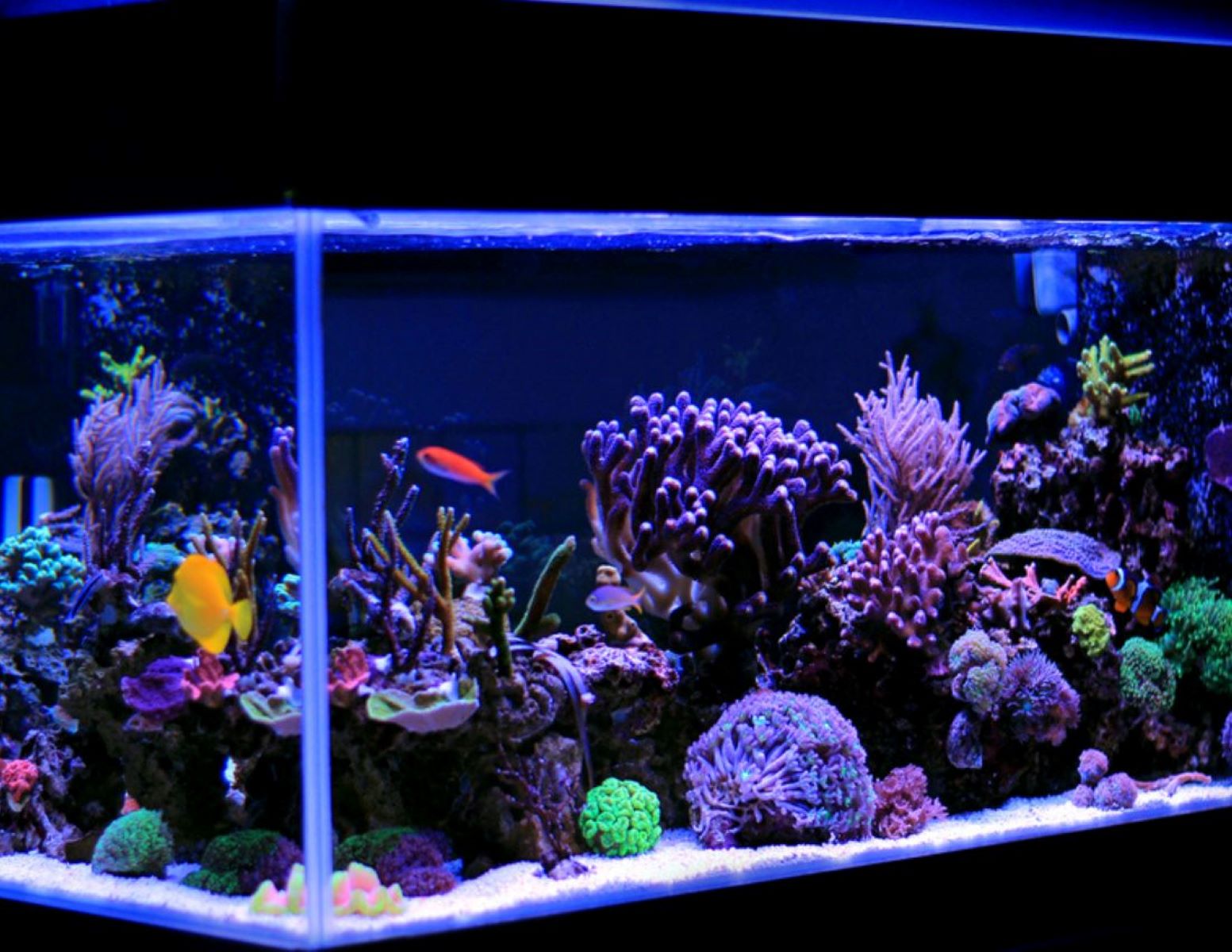
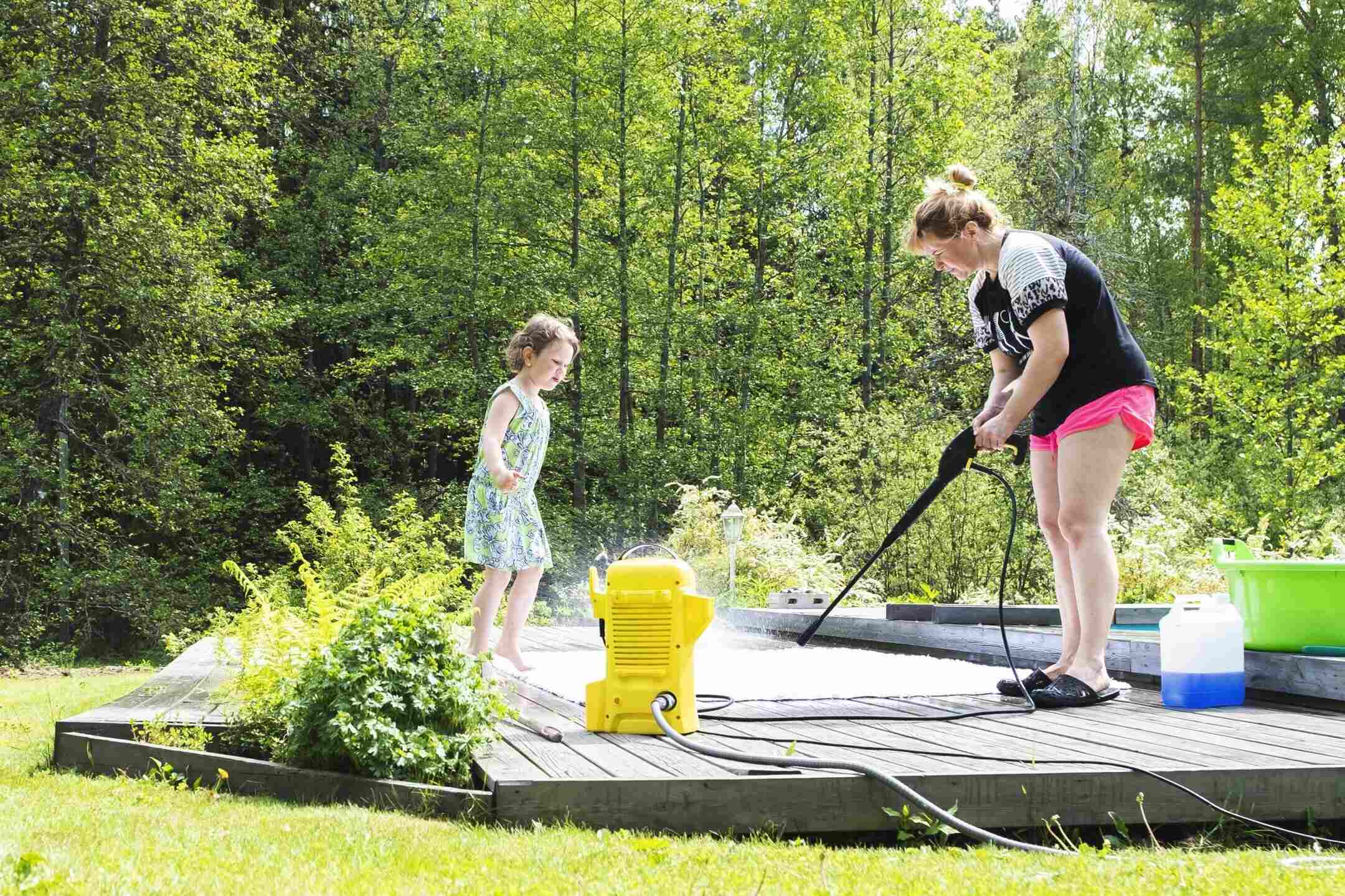
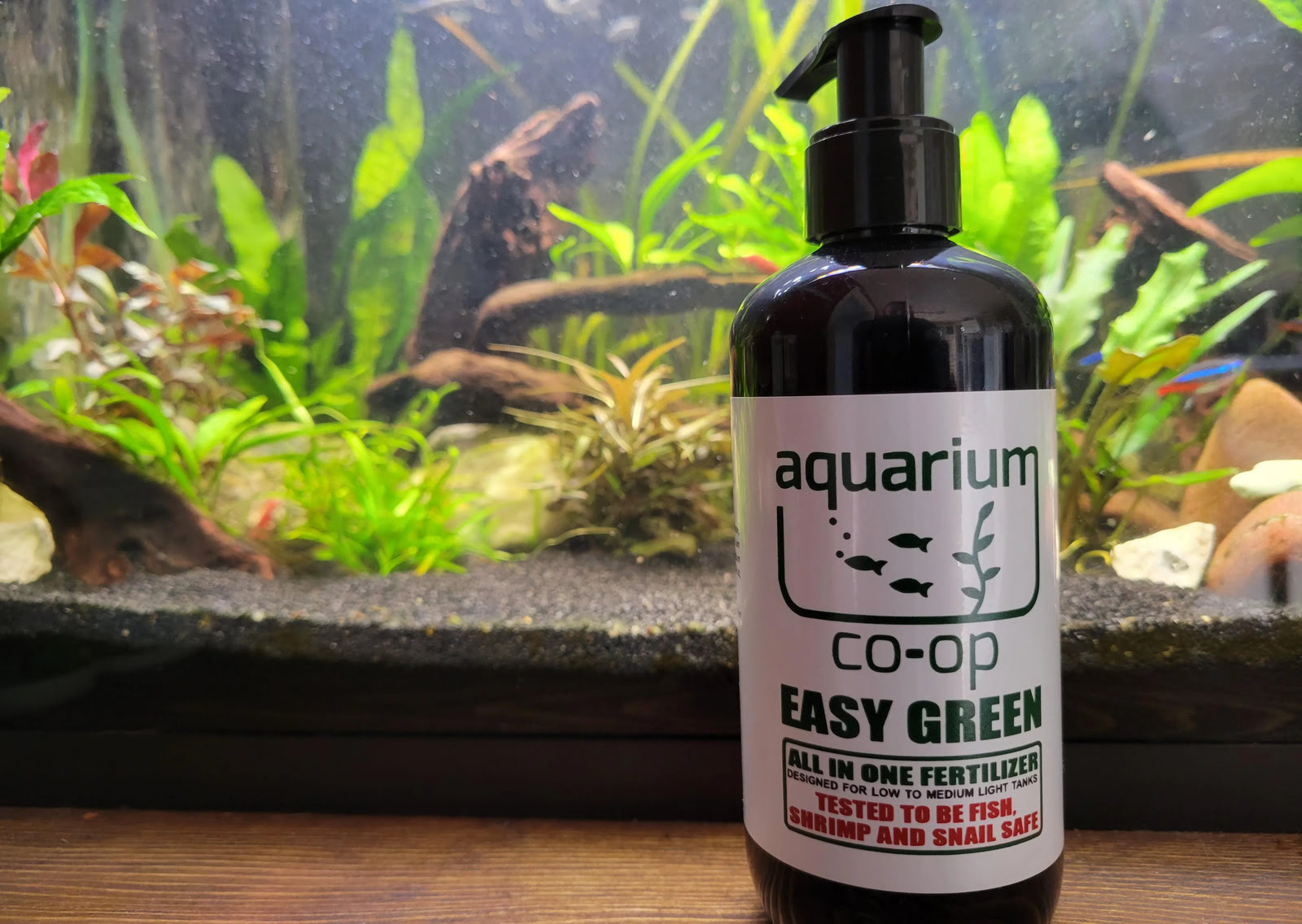
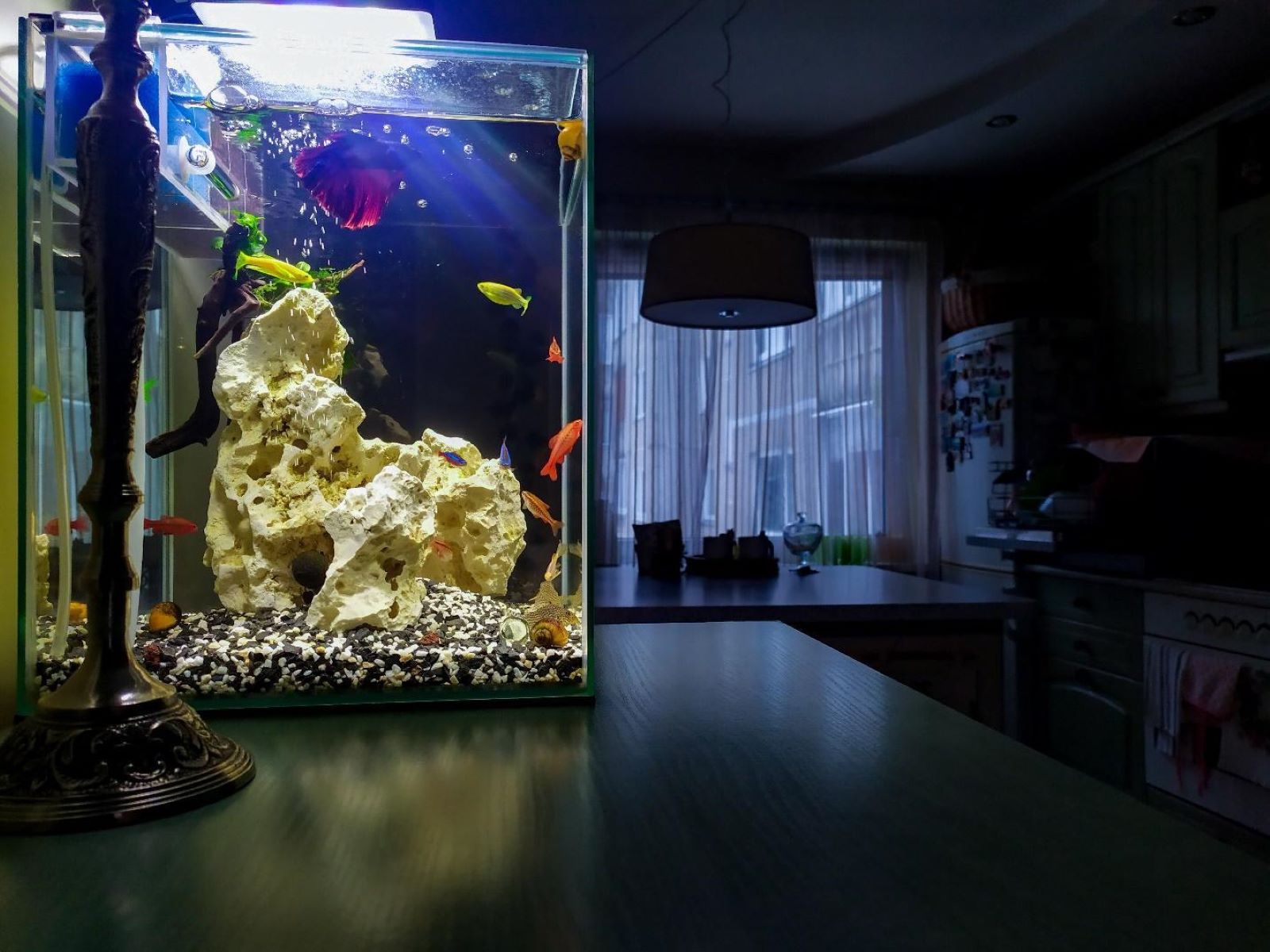
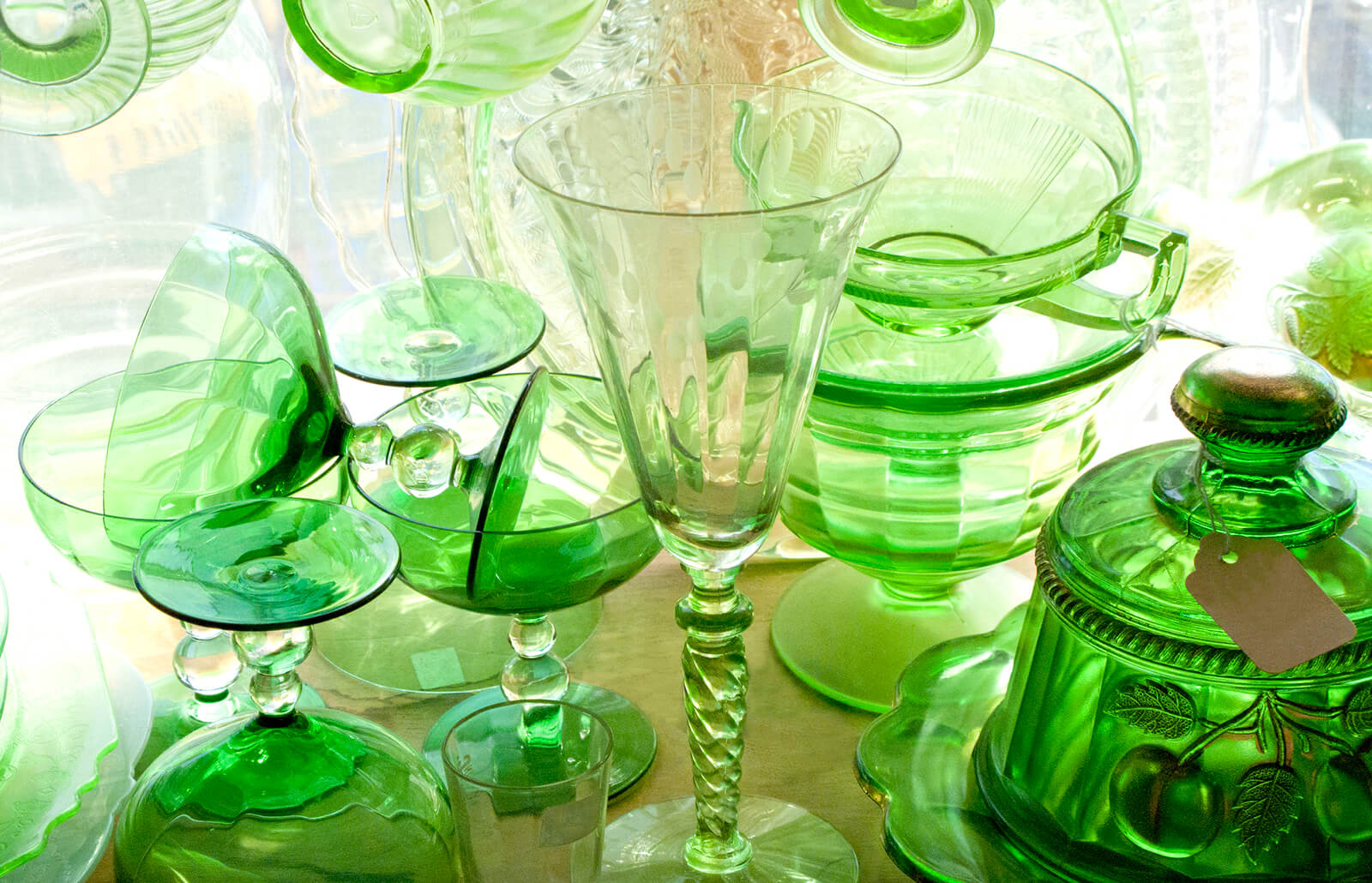

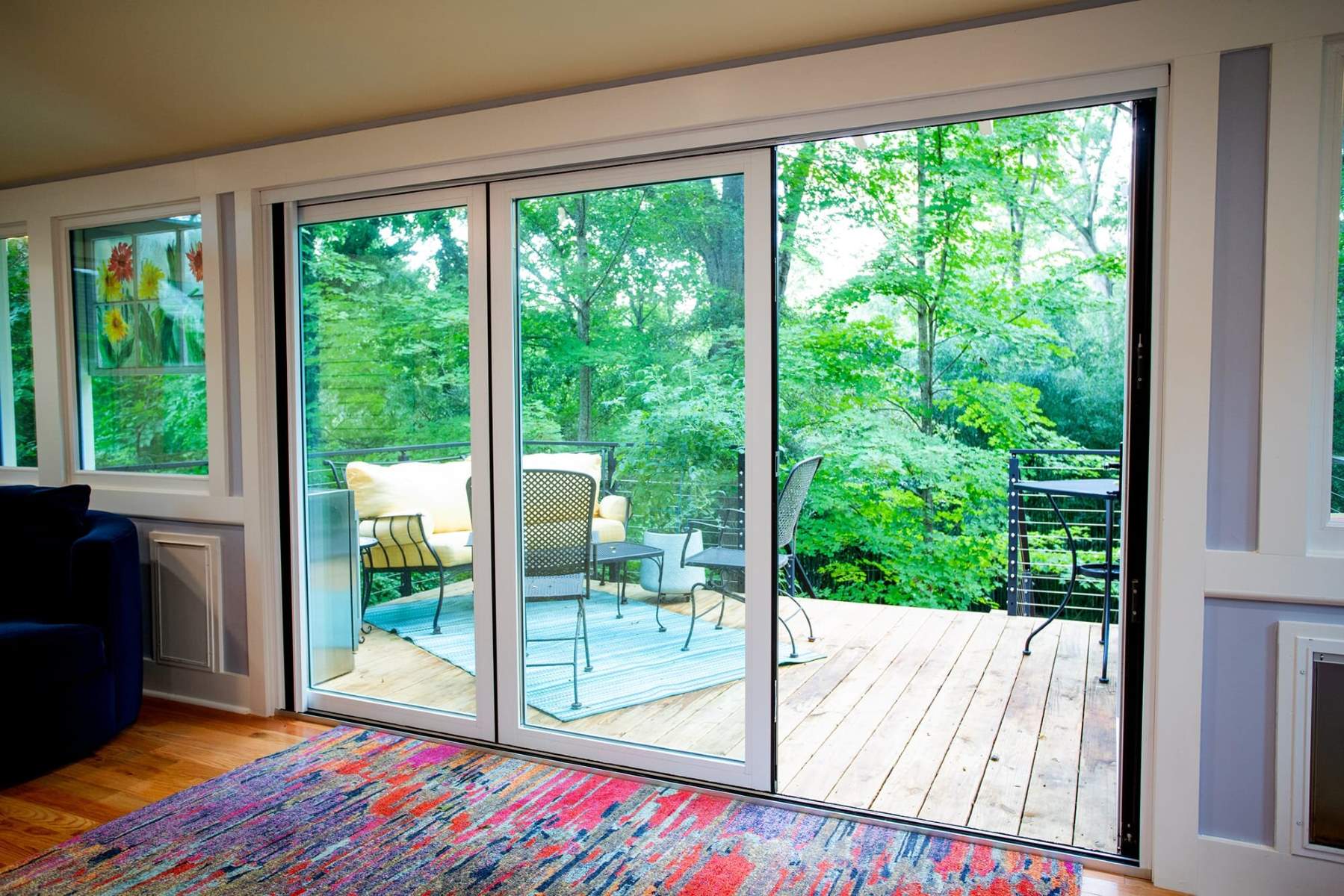
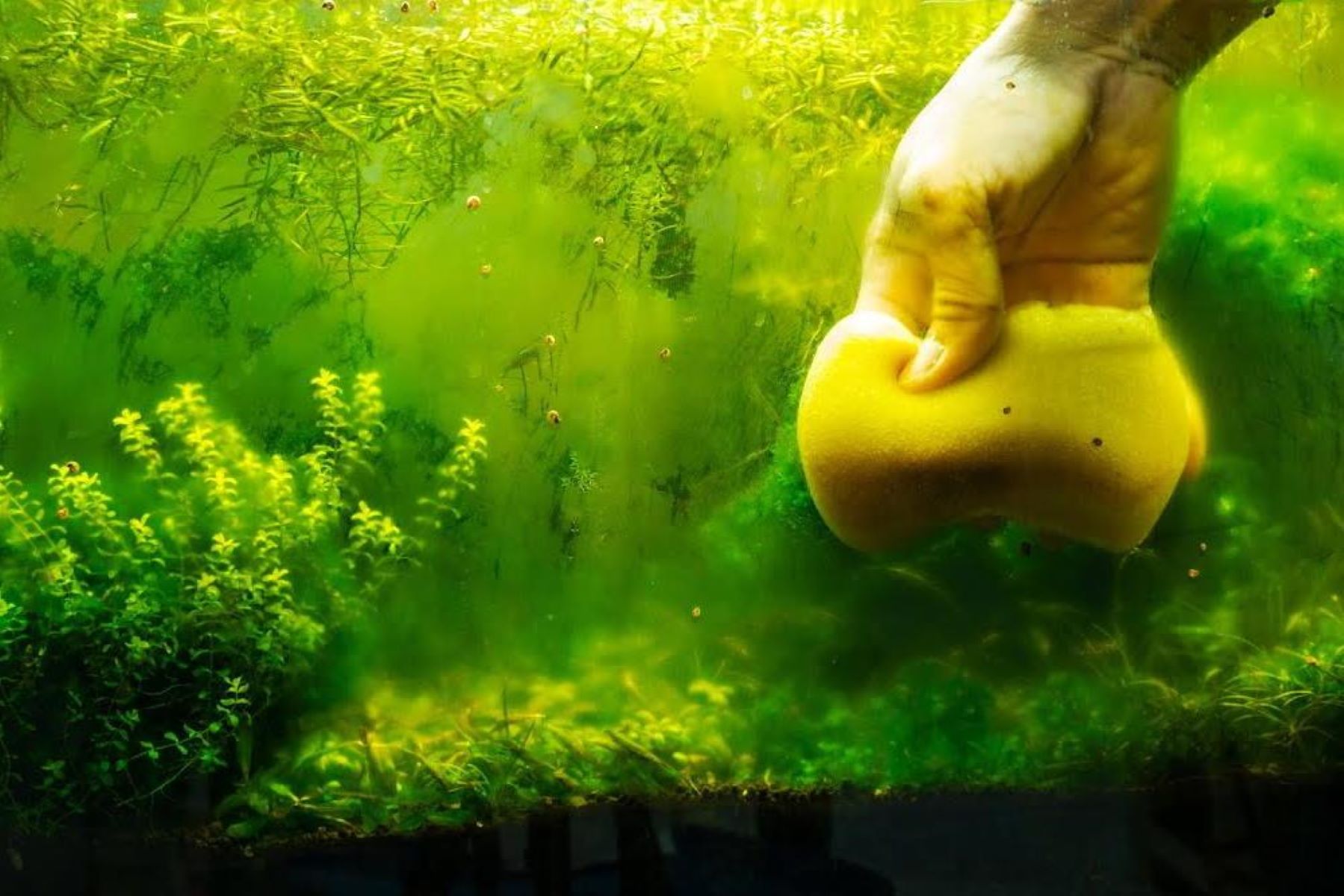
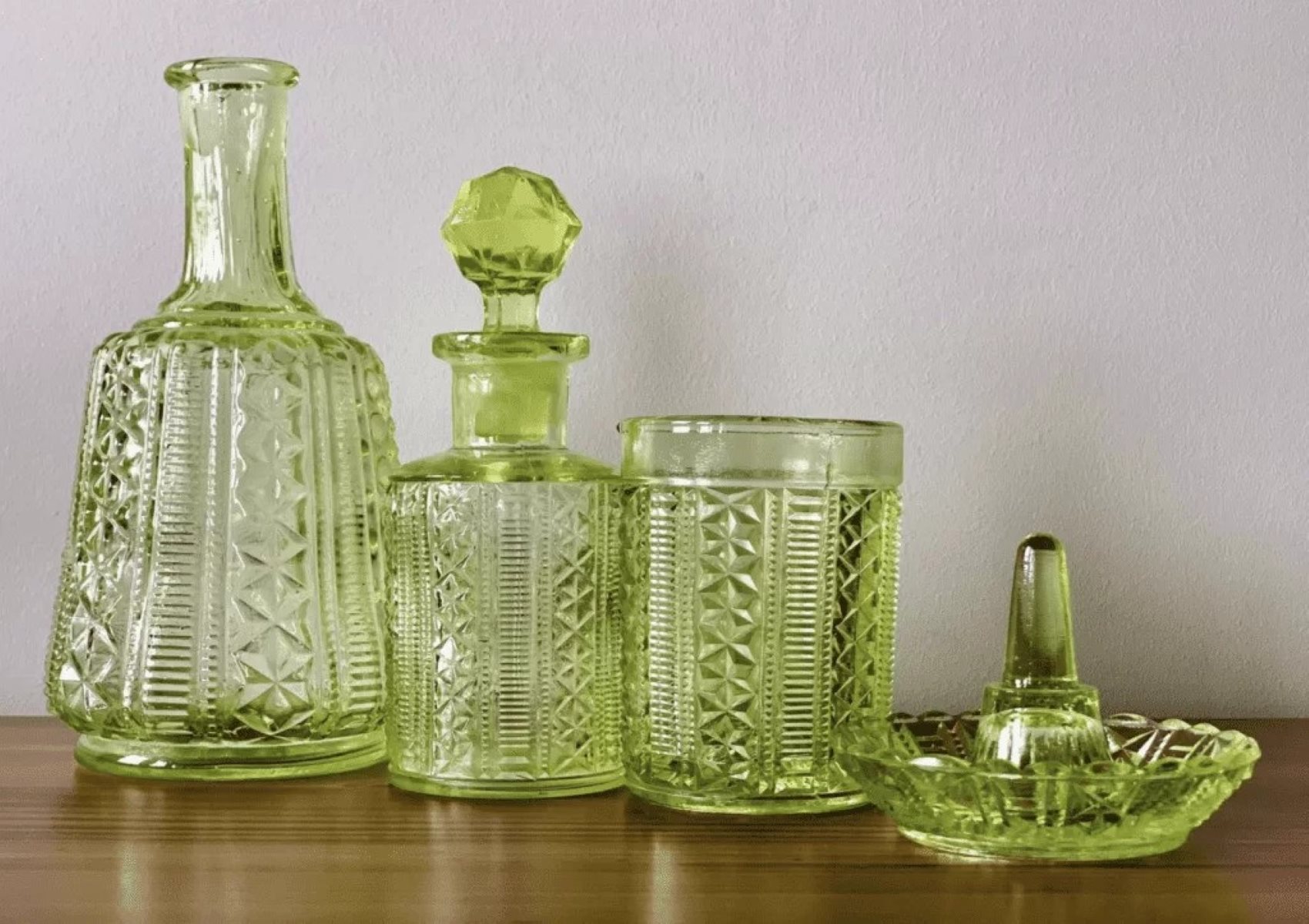
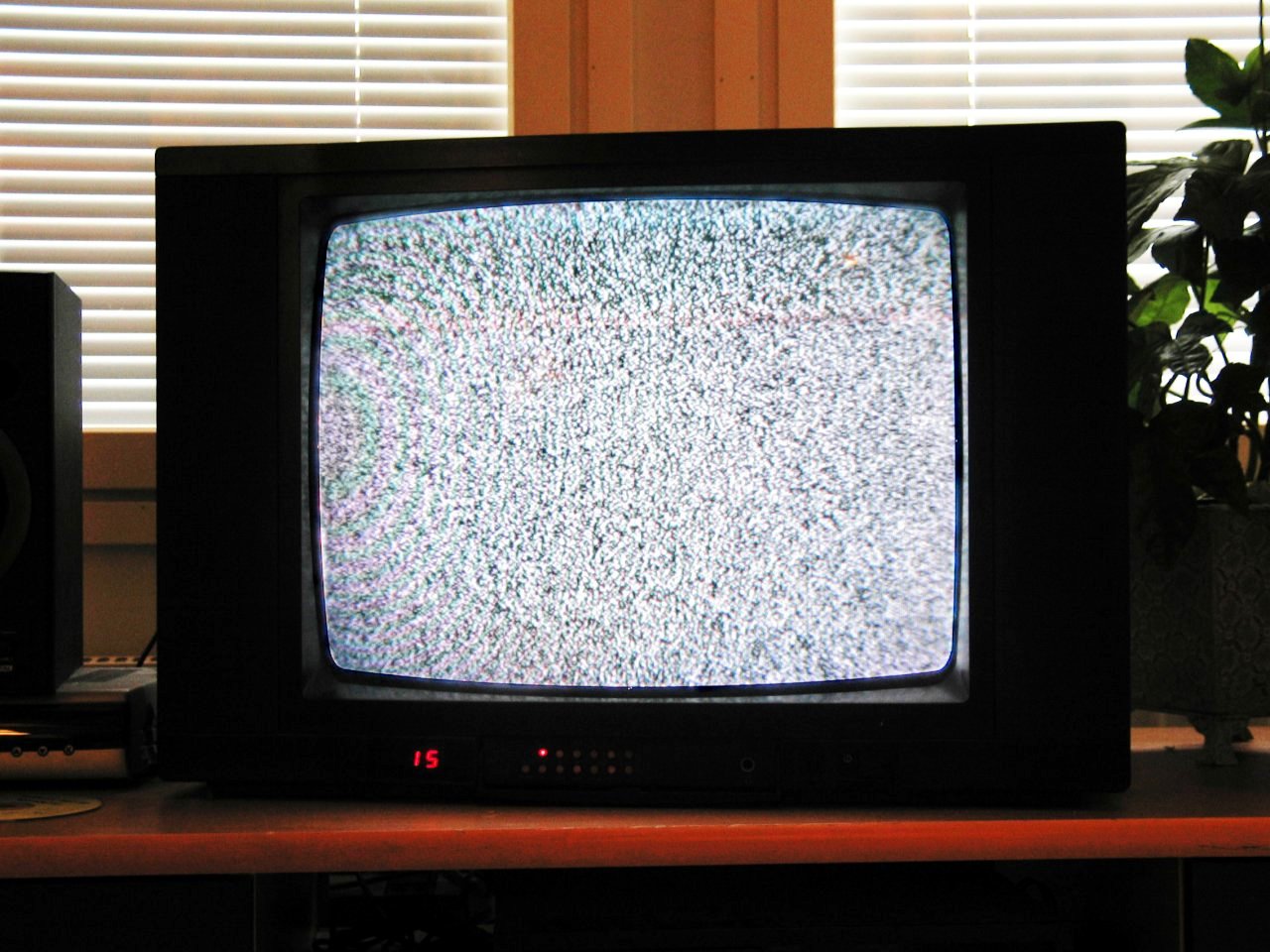


0 thoughts on “What Causes Green Algae On Aquarium Glass”